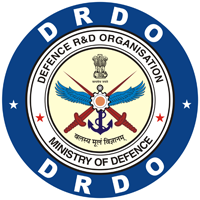Measuring Scholarly Communication in the Era of Data Science
DOI:
https://doi.org/10.14429/djlit.21177Keywords:
Scholarly Communication , Data ScienceAbstract
Over the past century, methods of evaluating scholarly communication have advanced significantly from basic publication counts to sophisticated, data-driven analyses that provide a more nuanced understanding of research impact.In the early 20thcentury, Librametricsemerged and focusing primarily on quantitative assessments of library collections, usage patterns, and housekeeping operations. This gradually led to Bibliometricsin the 1960s, which introduced more systematic approaches to evaluating research through citation analysis and journal impact factors. Soon after, Scientometrics developed to specifically measure science research output, analyzing growth patterns in scientific literature and collaboration networks. These traditional metrics served as the gold standard for decades, providing what was then considered an objective measure of scholarly influence and productivity. However, as the academic landscape expanded and digital technologies revolutionized how knowledge is created and shared, it became increasingly clear that these conventional methods offered only a partial view of research impact, often overlooking important dimensions of scholarly communication. The informetrics expanded the scope to study all forms of information related to scholarly communication under one umbrella. Because of digital revolution and emergence of website and digital platforms, a new metric tool Webometrics (or Cybermetrics) was emerged in 1990s to measure web-based scholarly activity. This was crucial as more research moved to digital platforms.
Downloads
Published
How to Cite
Issue
Section
License
Copyright (c) 2025 Defence Scientific Information & Documentation Centre (DESIDOC)Except where otherwise noted, the Articles on this site are licensed under Creative Commons License: CC Attribution-Noncommercial-No Derivative Works 2.5 India




